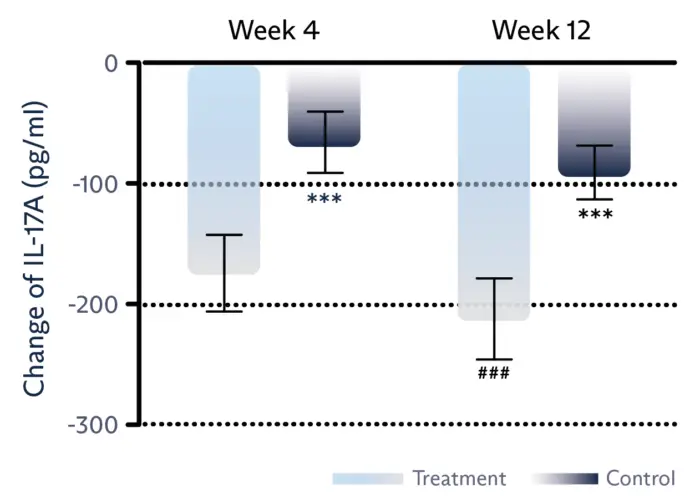
For the millions of people who suffer from the persistent discomfort of dry eye disease, finding a truly effective and lasting solution can feel like a never-ending quest. Symptoms like burning, itching, redness, and fluctuating vision can significantly impact one’s quality of life, turning everyday activities like reading or using a computer into a painful chore [1]. While many factors can contribute to dry eye, a primary underlying cause is often Meibomian Gland Dysfunction (MGD), a condition where the tiny glands in your eyelids that produce the oily layer of your tear film become blocked or dysfunctional [2].
In the search for relief, Intense Pulsed Light (IPL) therapy has emerged as a groundbreaking treatment. However, it is crucial for patients to understand that not all IPL devices are created equal. At TheLastOptical.com, we are committed to providing our patients with the highest standard of care, which is why we exclusively use the Lumenis OptiLight—the first and only IPL device to be approved by the U.S. Food and Drug Administration (FDA) for the management of dry eye disease due to MGD [3].
When a medical device receives FDA approval for a specific use, it signifies that it has undergone rigorous testing and clinical trials to prove both its safety and its effectiveness for that particular condition. The Lumenis OptiLight earned this distinction after extensive studies demonstrated its ability to significantly improve signs of dry eye disease [4].
Many other optical shops may offer IPL treatments using devices that were originally designed and approved for aesthetic purposes, such as hair removal or treating skin conditions like rosacea. While these devices may be used “off-label” for dry eye, they have not been specifically validated by the FDA for this delicate and complex application. This lack of specific approval means there is no guarantee of their safety, efficacy, or the consistency of their results for treating MGD.
“I’ve found that my patients are, in fact, curious about FDA approval and ask me directly if the treatment is approved. They are pleased when I respond, ‘Yes, the IPL technology we’re using is FDA approved for the management of dry eye.’ This is a distinct advantage and a huge boost in credibility that is absent with other IPL devices.” – Cory J. Lappin, OD, MS, FAAO [5]
The advantages of the Lumenis OptiLight extend far beyond its exclusive FDA approval. As the original inventors of IPL technology, Lumenis has refined its systems with patented features designed specifically for the sensitive eye area, ensuring a safer and more effective treatment.
| Feature | Lumenis OptiLight | Other IPL Devices |
|---|---|---|
| FDA Approval | Yes, specifically for Dry Eye / MGD | No, typically approved for aesthetics only |
| Technology | Patented Optimal Pulse Technology (OPT™) for consistent, controlled energy delivery | Variable, often less controlled energy pulses not optimized for the eye area |
| Handpiece | Includes a patented, smaller handpiece designed for the delicate contours around the eye | Generally use larger, standard aesthetic handpieces not suited for periocular treatment |
| Clinical Backing | Supported by over 50 clinical studies for dry eye management | Limited or no specific clinical research for dry eye application |
At the core of the OptiLight is Lumenis’ patented Optimal Pulse Technology (OPT™). This technology ensures that each pulse of light delivers a precise and consistent amount of energy, without the dangerous energy spikes that can occur with other, less advanced systems. This control is paramount for treating the delicate skin around the eyes, making the procedure both exceptionally safe and comfortable for the patient [4].
Unlike aesthetic IPL machines, the OptiLight system includes a patented handpiece specifically engineered to treat the fine contours of the periocular region. This allows for precise targeting of the abnormal blood vessels that contribute to inflammation and ensures that the therapeutic light energy is delivered exactly where it is needed, without affecting surrounding tissues [5].
The treatment works by addressing the root causes of MGD and inflammation. The light energy gently heats the glands to help break up blockages, destroys abnormal blood vessels that perpetuate inflammation, reduces the population of Demodex mites that can infest the eyelids, and helps restore the healthy function of your meibomian glands [6]. The result is a healthier tear film, reduced inflammation, and significant relief from the debilitating symptoms of dry eye.
Choosing a treatment for your eyes is a significant decision. By selecting a provider that uses the Lumenis OptiLight, you are choosing a therapy that is not only backed by decades of innovation but is also the only one trusted by the FDA for managing dry eye disease. At TheLastOptical.com, we refuse to compromise on your safety and the quality of your results.
If you are tired of the cycle of temporary relief from eye drops and warm compresses, we invite you to schedule a consultation with us. Learn more about how the gold standard in IPL technology can provide you with the lasting comfort you deserve.
[1] Uchino, M., & Schaumberg, D. A. (2013). Dry Eye Disease: Impact on Quality of Life and Vision. Current Ophthalmology Reports, 1(2), 51–57. https://pmc.ncbi.nlm.nih.gov/articles/PMC3660735/
[2] Mayo Clinic. (n.d.). Dry eyes – Symptoms and causes. https://www.mayoclinic.org/diseases-conditions/dry-eyes/symptoms-causes/syc-20371863
[3] Lumenis. (2021, April 29). Lumenis Receives FDA Approval for Its IPL Device to Manage Dry Eye Disease and Launches OptiLight™. https://lumenis.com/vision/resource-hub/lumenis-receives-fda-approval-for-its-ipl-device-to-manage-dry-eye-disease-and-launches-optilight/
[4] Lumenis. (n.d.). OptiLIGHT – Dry Eye Medical Device. https://lumenis.com/vision/products/optilight/
[5] Lappin, C. J. (2023, December 5). Not All IPL Devices Are Created Equal. Lumenis. https://lumenis.com/vision/resource-hub/not-all-ipl-devices-are-created-equal/
[6] Yin, Y., Liu, N., Gong, L., & Song, N. (2018). Changes in the Meibomian Gland After Exposure to Intense Pulsed Light in Meibomian Gland Dysfunction (MGD) Patients. Current Eye Research, 43(3), 308–313. https://www.tandfonline.com/doi/full/10.1080/02713683.2017.1406525

